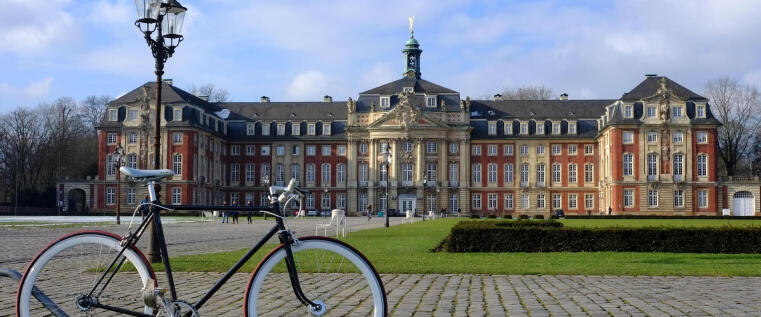
Model Theory Meets Geometric Group Theory
Model Theory meets GGT is a week-long conference aimed at bringing together young researchers in the areas of Model Theory and Geometric Group Theory. These two areas exhibit a rich interplay, and the mini-courses and research talks will be aimed to display topics in this intersection. Furthermore, there will be a lightning talks session in which all participants are encouraged to give a brief introduction to their own research and interests, so as to foster even more interaction between the participants.
Speakers
Mini courses:
Research Talks:
-
Jone Lopez De Gamiz ZearraTalk cancelled
Crash Course on Model Theory:
Organisers
Marco Amelio
Benjamin Brück
Zahra Mohammadi
Schedule
The preliminary schedule is available via this link. The conference starts at 9:00 AM on Monday and ends at 12:45 PM on Friday.

Registration
Registration is open! Please register via this link.
The registration deadline is December 31, 2024.
If you require an invitation letter to support your visa application for attending the event, please email us at modeltheory.meets.ggt@gmail.com.
Financial support
There is limited funding for accommodation available that you can apply for when you register. The deadline to apply for accommodation funding is 30 November 2024.
You can also apply for the ASL Student Travel Awards to help cover your travel expenses. To apply for these travel awards, you must be (or become) an ASL member and submit your application at least three months in advance. For more details, please visit ASL Student Travel Awards .
Support and child care
Childcare is available free of charge for all conference participants.
Venue and Travel Information
The conference takes place in lecture hall M3 (Einsteinstr. 64), next to the Faculty of Mathematics and Computer Science and the Cluster of Excellence Mathematics Münster.
University of Münster
Einsteinstr. 64
48149 Münster
Germany
Directions can be found on openstreetmap , on the University of Münster campus map , and on the MM websites .
We have also collected practical information in a leaflet: Information for conference guests / Informationsblatt für Tagungsteilnehmer:innen [enIde]
Poster
You are welcome to download the poster and display it at your institution.
Sponsors
The conference is jointly supported by the Cluster of Excellence Mathematics Münster and the Collaborative Research Center 1442 Geometry: Deformations and Rigidity .
This event is also sponsored by the Association for Symbolic Logic (ASL) .

Contact
Please direct any inquiries to modeltheory.meets.ggt@gmail.com.

